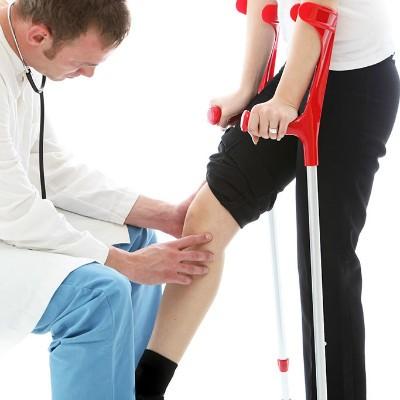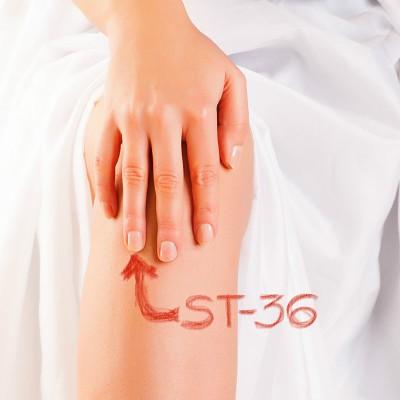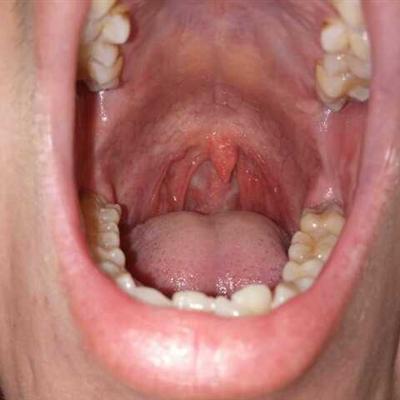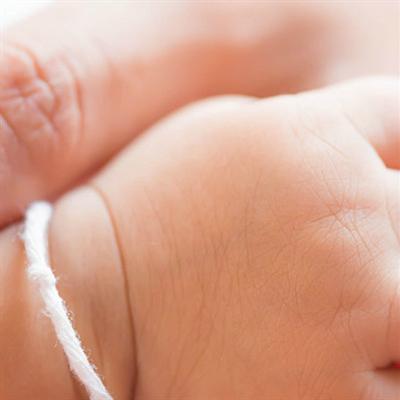Rehabilitation training after orthopedic operation
summary
Fracture is also more common in our daily life. The harm of fracture to patients is relatively large. Some time ago, a relative of my family accidentally broke his leg and went to the hospital in time for surgical treatment. After a period of treatment, now I am at home for self-cultivation, and my body has basically recovered. Next, I will give the rehabilitation training after orthopedic surgery I'll tell you how.
Rehabilitation training after orthopedic operation
For patients undergoing fracture surgery, the main form of rehabilitation training is isometric contraction of injured limb muscles, that is, rhythmic static contraction and relaxation of muscles under the premise of immobility of joints, that is what we usually call stretching and loosening. Isometric contraction of muscles can prevent muscle atrophy or adhesion. In this period of rehabilitation training, in principle, except that the upper and lower joints of the fracture do not move, other parts of the body should carry out normal activities.

The main purpose of this period of functional exercise is to promote the blood circulation of the affected limb, so as to reduce swelling and stabilize fracture. Therefore, the main purpose of functional exercise can be muscle exercise. In the early stage of fracture, the main goal is to maintain muscle tension and reduce local swelling, prevent joint stiffness and muscle atrophy, and combine fracture healing with functional recovery.

On the first day after operation, the patients began to take active and passive exercises of the affected limb joints, and gently massage the affected limb muscles outside the wound, so as to promote the venous reflux of the affected limb and accelerate the regression of swelling. To prevent the occurrence of deep venous thrombosis, encourage patients to breathe deeply, cough effectively, and abduct upper limbs at the same time, so as to expand the chest and improve physical strength and cardiopulmonary function. At the same time do ankle and interphalangeal joint flexion and extension activities, leg muscle and quadriceps isometric contraction as the main activity.

matters needing attention
For patients with fracture surgery, in daily life must pay more attention to the daily diet, eat more good food for the body, at the same time can be appropriate for some recovery exercise. Practice the isometric contraction of quadriceps femoris muscle of the injured limb, that is, under the premise that the joint does not move, the muscle does rhythmic contraction and relaxation, that is, what we usually call tension and relaxation. Through isometric contraction of muscle, muscle atrophy or adhesion can be prevented.

















